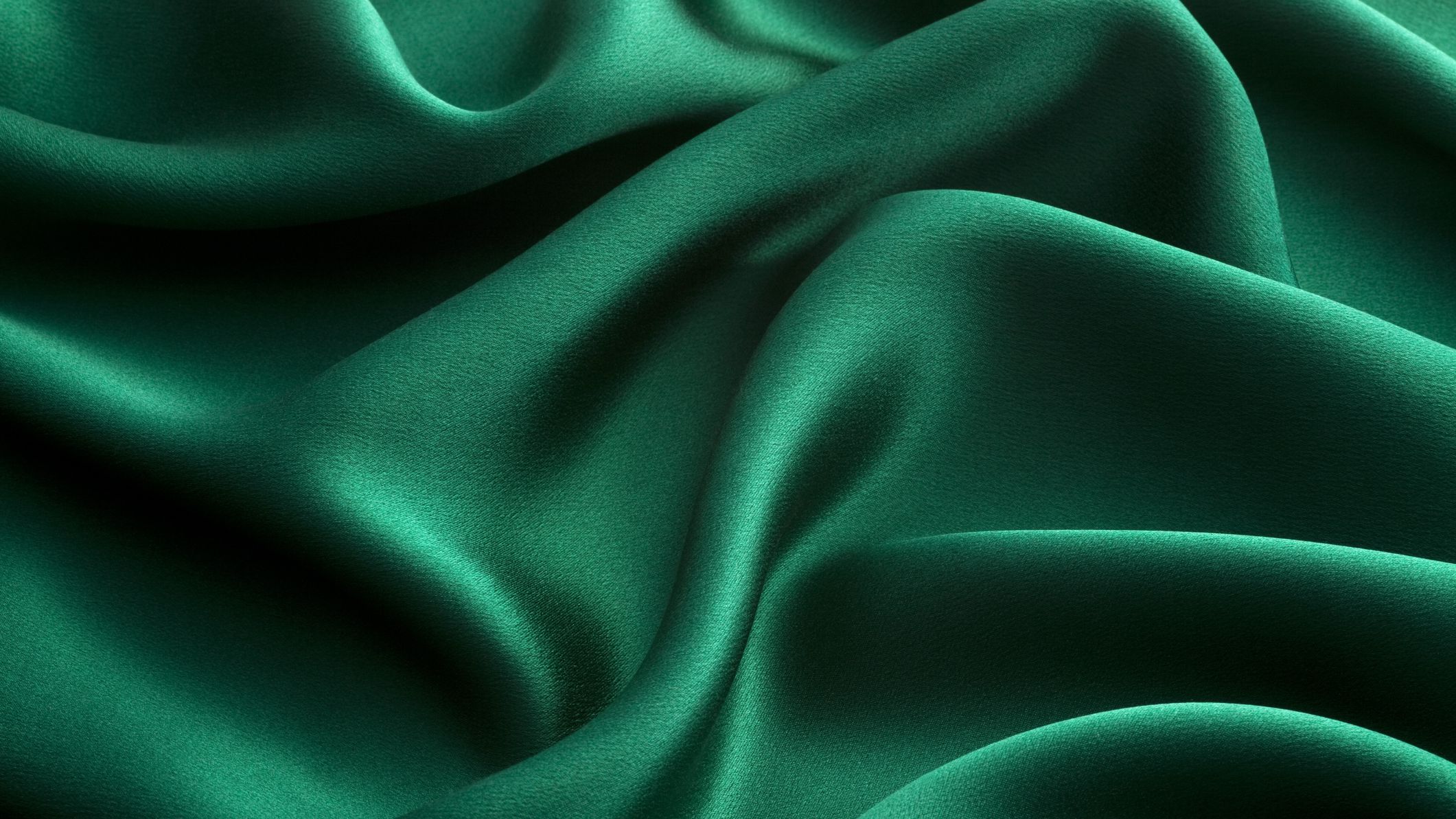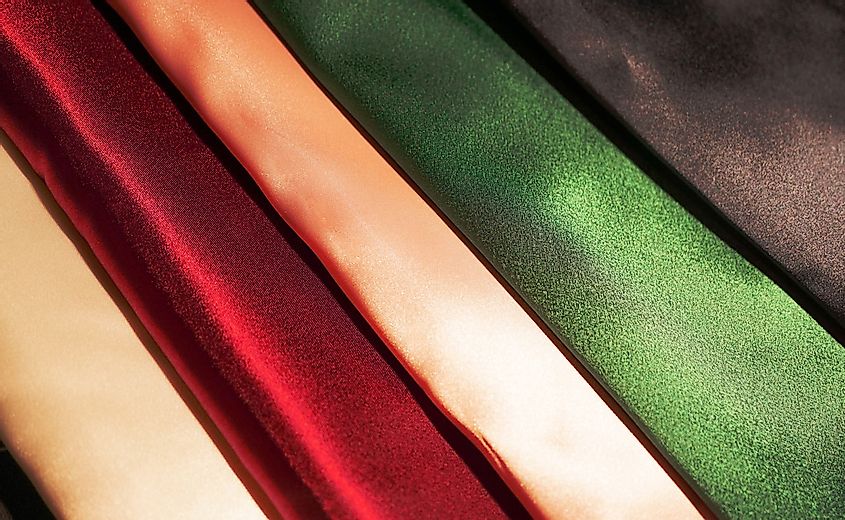It is the most valuable of all the yarns, and it is the one that is used to produce the most precious and beautiful textiles. Silk is a fabric that has been recognized since antiquity for its special qualities, which have elevated it to the status of one of the most significant commodities in the tale. It is composed of a long and fine yarn that is not very elastic but is pleasant to the touch and glossy. One of its most notable characteristics is its ability to absorb moisture without leaving an irritating feeling of dampness on the skin, it is also a strong thermal conductor and an excellent insulator against electricity.

A short overview of the history of silk
According to tradition, this ancient practice originated in China, where it was known as early as 3000 BC. C. and where the Chinese emperor attempted for decades to keep knowledge of sericulture a secret. However, as Chinese breeders started to expand their operations outside the boundaries of the empire, the silkworm was grown in countries such as Japan, India, Korea, and even Europe under the rule of the Byzantine Empire.
The fact that Italy was the European leader in the manufacture of this valuable yarn from the 12th century to the Second World War is probably not well known. Palermo, Messina, and Catanzaro were the most well-known locations, and in the thirteenth century, Florence and Bologna emerged as the two most important capitals of Italian silk culture, respectively.
The decrease of made in Italy silk manufacturing occurred at the same time as the introduction of synthetic fibers and the restructuring of agricultural output in the country. Italian silk is being manufactured again after more than 50 years due to a scheme that includes a regulated manufacturing process from silkworms to threads and other materials.
There are many types of silk
With a thousand different applications and many variants, it provides the foundation for textiles such as taffeta, chiffon, velvet, satin, crêpe de Chine, and Organza, to name just a few. Damask, brocade, Organza, and georgette are some of the other types of silk available. Fabrics derived from silk have been used in clothes and home furnishings for ages, and silk and its derivatives are still the most imitated and utilized fabrics for high-end apparel and accessories. Now when you wear silk pajamas, you can be sure that you can have the best deals there.

The silk that is organic and ethical
Tradition has it that a live silk worm, which secretes a thread that will be used to construct the cocoon in which the transformation would take place during the process of silk extraction, is put into boiling water or baked in an oven. Organic silk and cruelty-free materials are used in the manufacturing process of silk pajamas, which ensures that the bug’s well-being is protected during all of its natural developmental stages. It will soon be available in Italy, where it will be approved by the Icea (Institute of Ethical and Environmental Certification).
